Safe weed control
flopsycat1
3 years ago
Featured Answer
Sort by:Oldest
Comments (24)
flopsycat1
3 years agolast modified: 3 years agoRelated Discussions
Safe termite control for organic garden
Comments (24)I know I'm late to the discussion. Fipronil trench is a perfect solution to preventing termites from getting into your walls. It is a very labor intensive job, and a homeowner can accomplish this if dedicated to the job. In conjunction to this, exercise the bait stations in and around the perimeter of your house. You can also create your own termite killing bait stations. Get some pine garden stakes, a 5 gallon bucket. Mix a super concentrated solution of fipronil in some water, soak the garden stakes in the solution for several weeks, occasionally stir the solution with the stakes about every 2-3 days. Hammer stakes in the ground around your house. Termites cannot detect the fipronil, will eat on the stakes, bring the poison back to the colony and destroy the hive. Use the old solution of fipronil around dark damp areas surrounding your home to amend your barrier. Agee with other post; the chemical deterrent barriers simply don't work and the termites will find the area that is deficient in treatment, whereas the undetectable barrier is the Trojan horse. You can find this stuff on domyownpestcontrol.com or Amazon Love that website. BTW, I use Taurus SC as opposed the more expensive Termidor SC. Now, back to the question. How do I keep the termites out of my garden, and to stop eating away at the planter box. Here is my intentions. On the bottom of the planter, spread a grip load of diatomaceous earth down nice and even with special attention around the wood areas, lay a weed block barrier down. Apply a plastic barrier between the planter box and the garden dirt (stapled). Wet the planter box boards and rub diatomaceous earth (DE) on the boards (use rubber gloves), and as you work your way to the top of keep pouring DE between the plastic sheet and boards. Cover the top of the boards with the plastic sheet to the other side and down about an inch. The diatomaceous earth (if ingested by any bug, will rip their intestines apart and keep grub and termites from coming from the bottom of your planter). Not sure if this is going to work, but it is plausible in my mind. In one growing season, the termites have eaten about halfway through my pine 2x10's! Nasty critters....See MoreGarden safe gopher control?
Comments (20)I live in Southern CA and I have a small patio with a 10'x 15' lawn and some herbs and plants. I believe with all the research I have done online, that I have a mole problem. The tunnels are just beneath the surface and are no larger than 2 inches in diameter. The mounds they make are not loose dirt. It's more like an erruption with cracks in the surface. For weeks I have been studying them and stomping down there tunnels with my feet. I set two gopher traps with carrots and gloves and they dug right underneath them. Today I saw movement with my own eyes for the first time. The little pest was near the herbs and the plant was moving, however the plants never just disappear. Anyway, I quietly moved in closer hoping for a kill with my foot and I stomped down several times where there was movement. Mostly the damage is just from the mounds made in my lawn. How would I be sure these are moles in order to proceed with the proper method of getting rid of these little guys? Please help!...See MoreVegetable Garden Weed Control
Comments (2)There is nothing you can spray to control Nutsedges that would be safe to use in a vegetable garden. Part of the control process is understanding how and why these sedges grow. All sedges are bog plants, they need a fairly moist soil to get established although once established they can grow in about any soil. They tend to grow, once established, in well mulched soils and in lawns that are watered daily. Landscape fabrics do not seem to deter them since they can punch right through that stuff. Mechanical removal, cutting the leaves so they cannot manufacture nutrients to feed the tubers which is what they grow from, is the most effective means of control. Here is a link that might be useful: About Sedges...See MoreTurning weeds over, how effective for weed control?
Comments (4)Plowing is the same thing as tilling, and both can turn up "weed" seeds that might germinate. Your mother did what many of us do with "weeds" if we don't gather them up and compost them, although there are thos neat freaks that cannot bear to see this kind of messy garden and have this strong need to throw away those "weeds" and the nutrients the took from the soil and which you will need to replace....See Moreflopsycat1
3 years agoflopsycat1
3 years agoflopsycat1
3 years agoflopsycat1
3 years agolast modified: 3 years ago
Related Stories
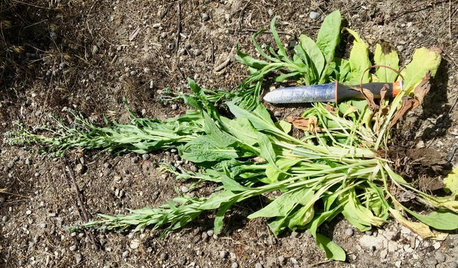
GARDENING GUIDESZen Weeding: The Smart Way to Weed Your Garden
Be mindful about keeping weeds from taking hold in your yard by knowing when and how to get rid of each type
Full Story
GARDENING GUIDESThe Essential Weed Hit List
Learn how to recognize and control 5 weedy plants that have achieved invasive status throughout the U.S.
Full Story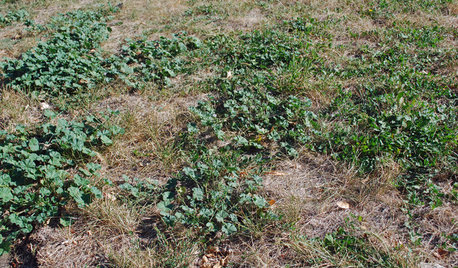
GARDENING GUIDESWeed War: When and How to Use Chemical Herbicides
Before you spray, arm yourself with knowledge about which weed killers — natural or synthetic — are right for your yard
Full Story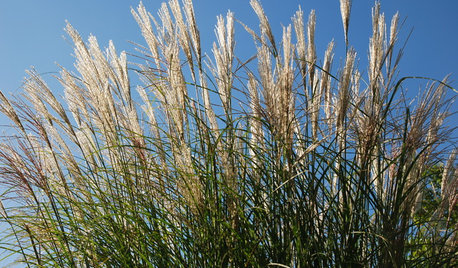
LIFEConsider Avoiding These Plants to Help Keep Your Garden Fire-Safe
Plants that accumulate dead material, are high in oil or have low moisture content in leaves put some homes at risk
Full Story
EDIBLE GARDENSNatural Ways to Get Rid of Weeds in Your Garden
Use these techniques to help prevent the spread of weeds and to learn about your soil
Full Story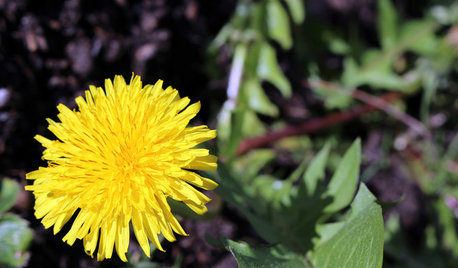
GARDENING GUIDESWhy Your Garden Might Be Full of Weeds
Tired of battling unwanted plants? These surprising reasons for weediness point the way to cures
Full Story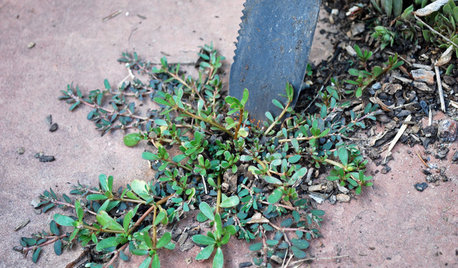
GARDENING GUIDES5 Ways to Naturally Win the Weed War
Show irksome weeds no mercy with these tricks for combating them sans chemicals
Full Story
GARDENING GUIDES5 Weed-Smothering Ground Covers
Let these landscape plants do the dirty work of choking out weeds while you sit back and enjoy the view
Full Story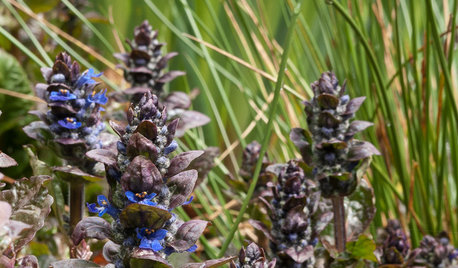
GARDENING GUIDESGreat Design Plant: Bugle Weed, a Quick Ground Cover
It’s highly adaptable, suppresses weeds, reduces erosion and provide weeks of bright flowers. Just watch for invasiveness
Full Story
PETSThe Crate Conundrum: A Safe Place for Your Pooch
Get ideas for a comfy den for your dog that works well with your space too
Full Story





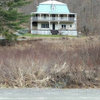


User